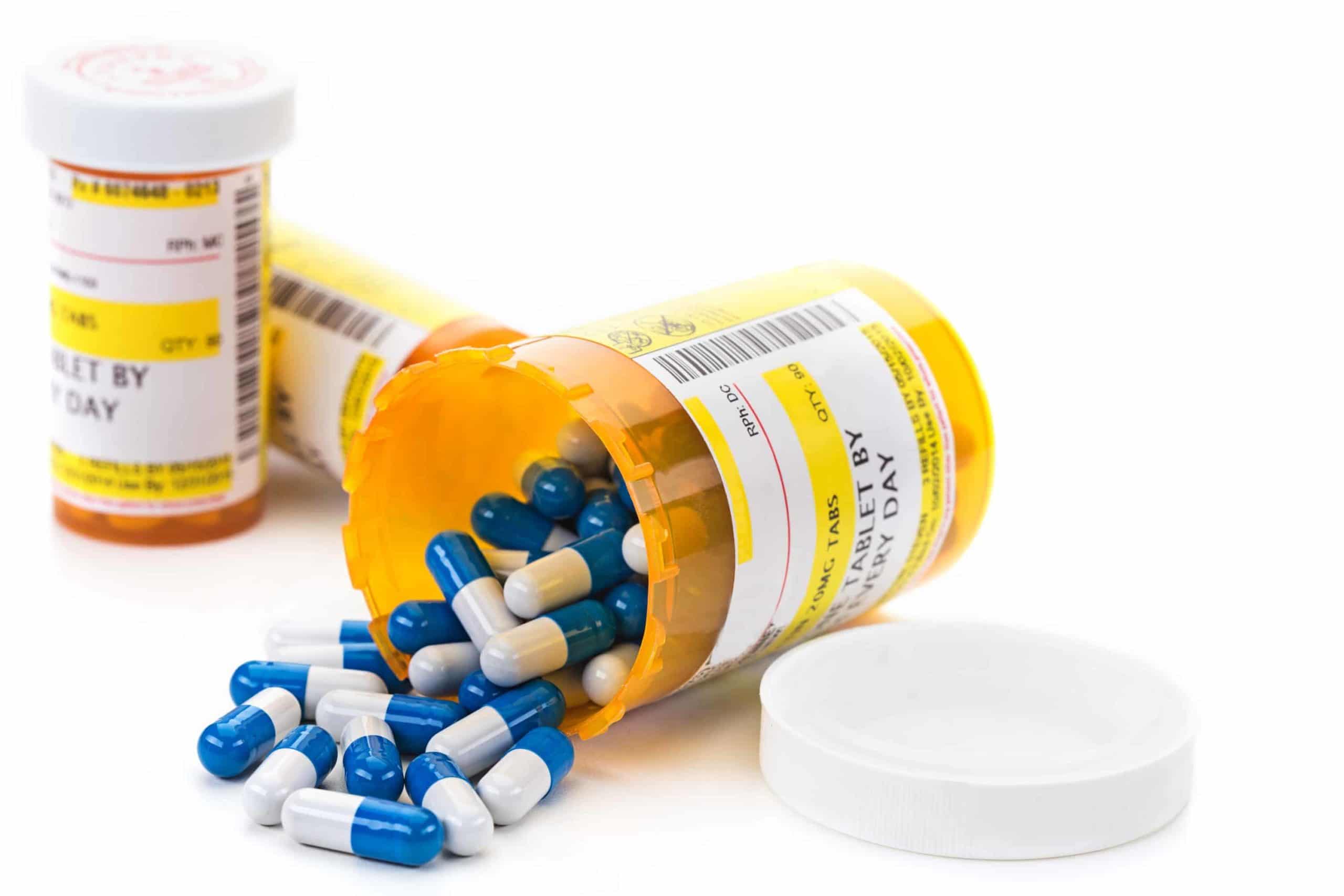
Medication Errors May Be More Common Than You Think
Every year, an estimated 1.3 million people are harmed by medication errors, which are described by the National Coordinating Council for Medication Error Reporting and Prevention as “any preventable error that may cause or lead…
Every year, an estimated 1.3 million people are harmed by medication errors, which are described by the National Coordinating Council for Medication Error Reporting and Prevention as “any preventable error that may cause or lead to inappropriate medication use or patient harm while the medication is in the control of the health care professional, patient, or consumer”. With that in mind, let’s take a look at what the most common medication errors are, and how such errors could impact your health.
If you have questions about medical errors, medication errors, or your rights as a patient, contact MedMalFirm.com to discuss your individual situation.
What are the Most Common Medication Errors?
Medication errors may occur at any point in the process of distribution, including packaging, dispensing, prescribing, administering, or monitoring use. According to reports from the U.S. Food and Drug Administration (FDA), the most common medication errors include:
Administering the Wrong Dosage of Medication
The FDA evaluated fatal medication error reports from 1993 to 1998, and found that 41 percent of reported fatalities involved improper dosage. In some cases, healthcare providers are responsible for administering the wrong dosage of medication to a patient. This may be due to poor communication, illegible writing, or inaccurate patient records.
In other cases, this may be due to a patient not understanding the appropriate medication regimen. This is especially a concern for the elderly, who may take several medications and become confused about dosage, or may not remember whether they took their medication or not.
Administering the Wrong Medication
Administration of the wrong medication occurred in approximately 16 percent of the reports reviewed by the FDA between 1993 and 1998. Studies on misused or mishandled medications by healthcare providers have revealed that certain medications are more likely to be administered incorrectly than others. One study examining medication errors in 2005 revealed the following 10 medications as the mostly likely to be administered improperly:
- Insulin (4 percent)
- Morphine (2.3 percent)
- Potassium Chloride (2.2 percent)
- Albuterol (1.8 percent)
- Heparin (1.7 percent)
- Vancomycin (1.6 percent)
- Cefazolin (1.6 percent)
- Acetaminophen (1.6 percent)
- Warfarin (1.4 percent)
- Furosemide (1.4 percent)
Errors relating to the administration of these medications may include errors when mixing products, confusing generic labels, similarity in the name of drugs, and misinterpreting common label identifiers (such as misreading “u” for “0”).
In a more generalized sense, antibiotics are one of the most common classifications of medications where errors occur. Antibiotics may be prescribed in a liquid or solid form, with liquid concentrations being more prone to errors. For example, an error in dosing milliliters (mL) versus teaspoons (tsp) can post an increase in the risk of adverse reactions. Taking more antibiotics than is needed can cause complications and health risks.
Inappropriate Route of Administration
Nurses are generally the front line of medication administration. They are often responsible for dispensing and administering medications, and in many settings, they are also responsible for monitoring patients immediately after administration. Some studies suggest that as many as one in three adverse drug events (ADE) are related to nurse administration of medications.
The route of administration of medication is an important element of safe healthcare, and factors into many possible errors. There are many routes of administration, with the most common being:
- Buccal (inside the cheek)
- Oral (swallowed)
- Sublingual (held under the tongue)
- Intravenous (injected into a vein with an IV line)
- Intramuscular (injected into muscle with a syringe)
- Rectal (Inserted into the rectum)
- Topical (applied to the skin)
It is incredibly important that doctors, nurses, and pharmacists help patients understand the best route of administration for any medication. When medications are not administered properly, the patient may be at risk for serious side effects.
Research on medication errors suggests that, overall, as many as 60 percent of medication errors may be attributed to administration, with the majority being related to injections. The most common causes attributed to deaths related to inappropriate administration include:
- Overdose
- Administering the wrong drug
- Miscommunication
- Name confusion
- Human error (performance deficits)
- Inappropriate packaging
- Misleading labeling
Inappropriate administration, or route of administration, may occur in the healthcare setting, in nursing homes, or at home.
Unintentional Patient Misuse due to Lack of Education or Understanding
Anyone who has ever looked at a prescription paper or a medication bottle has likely shaken their head at the often unintelligible combination of letters, numbers, symbols, and shorthand. Not only is handwriting and shorthand often an obstacle to understanding prescription notes, but medication labels can be difficult to interpret for those of us who are not doctors or pharmacists.
One good example is that of a label for Hydrocodone. The label says 10/650, and many patients may not realize that the “650” is referring to 650 milligrams of acetaminophen (Tylenol). Without proper understanding of what the label really means, the patient may take additional products containing acetaminophen, which can lead to liver damage or acute liver failure.
A study published by Mount Sinai Medical Center listed the following as the most common medication errors made by patients:
- Lack of Awareness Related to Expiration Dates: Many patients do not pay attention to the expiration dates on medications, which may lead to their taking expired drugs. Doing so can impact the safety and effectiveness of the medication.
- Taking the Wrong Dose: This is especially common among the elderly and patients who must take several medications each day. Patients can easily confuse their regimen or take the wrong dosage by mistake.
- Rate of Use: All medications have instructions for how often they should be administered. Drugs like opioids or antibiotics can be dangerous or ineffective if they are taken too frequently, or at the incorrect intervals.
- Combining Drugs (contraindication): It is incredibly important that patients provide their healthcare providers with a full list of all medications being taken. That includes prescription and over-the-counter drugs, vitamins and supplements, herbs, or any other medication. Many medications (or their ingredients) negatively interact with others, which can cause adverse side effects or challenge the effectiveness.
As a patient, it is important to ask your doctor or pharmacist about any medications you are prescribed, and how these drugs may impact your health. If you have legal questions related to medication errors, contact MedMalFirm.com by filling out our online form.
